Of course, this fish is anything but a novelty and has been imported in relatively large numbers for many years. But isn’t it beautiful? This small animal is an ideal companion for the cardinal tetra (Paracheirodon axelrodi), with which it also occurs in the wild. Poecilocharax weitzmani grows to 3-4 cm and is relatively widespread in the upper Amazon and upper Orinoco. It is found in Colombia, Venezuela, Brazil and Peru. Despite its large mouth, it is a peaceful fish.
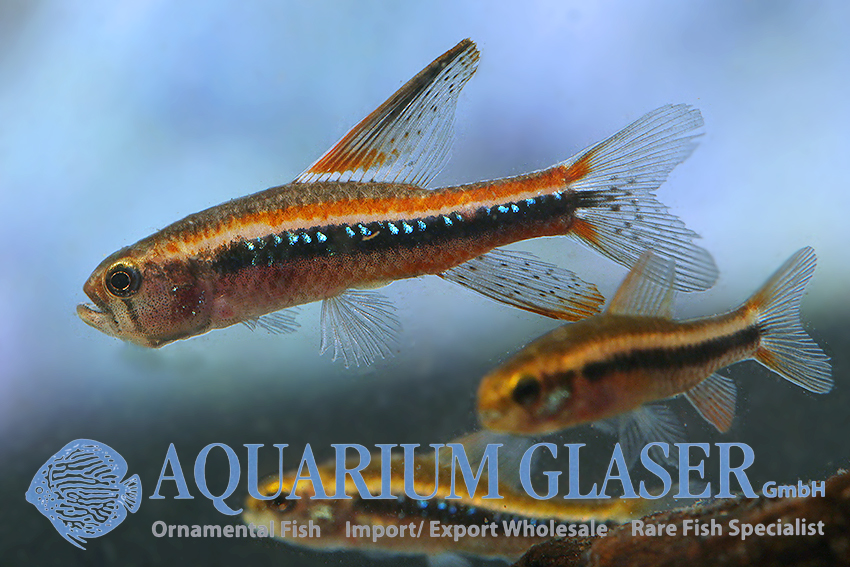
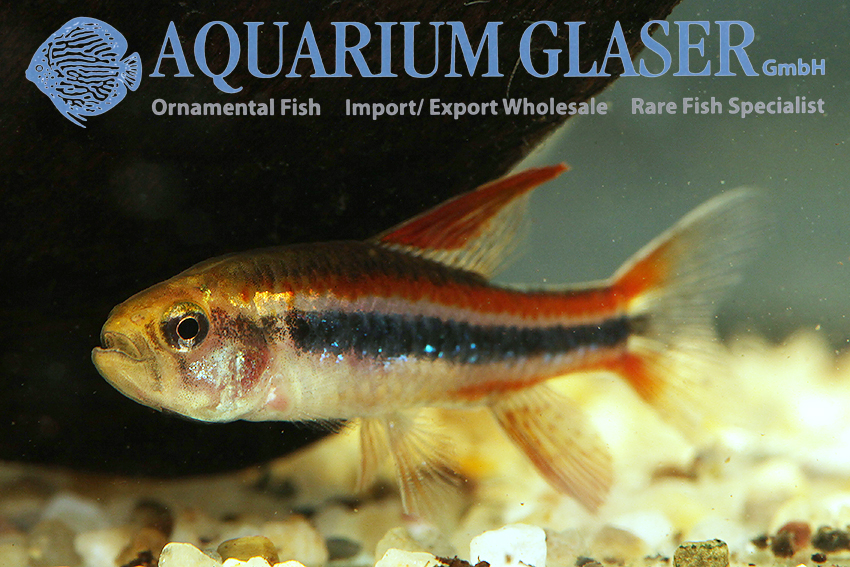
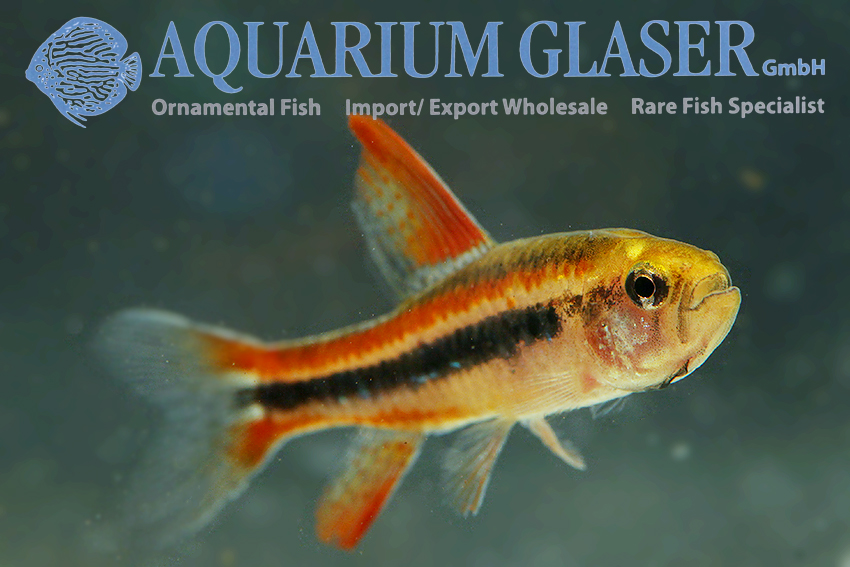
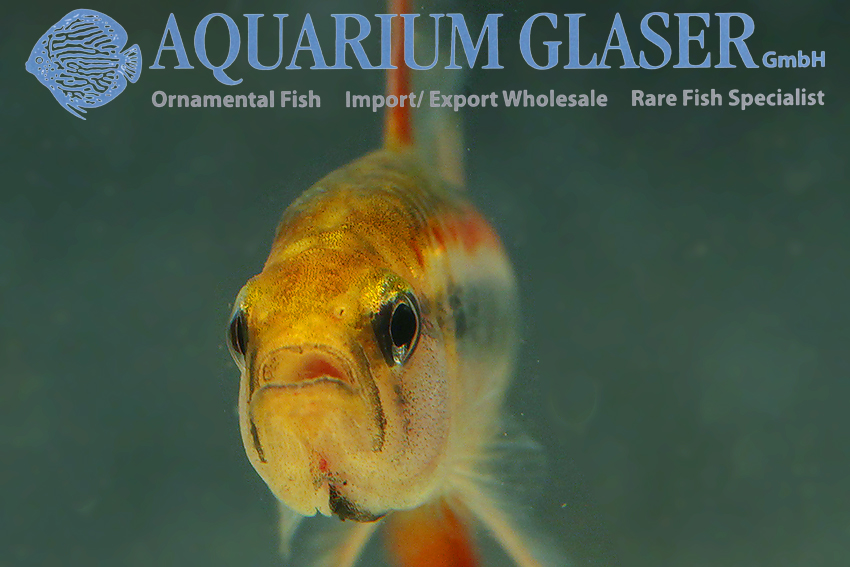
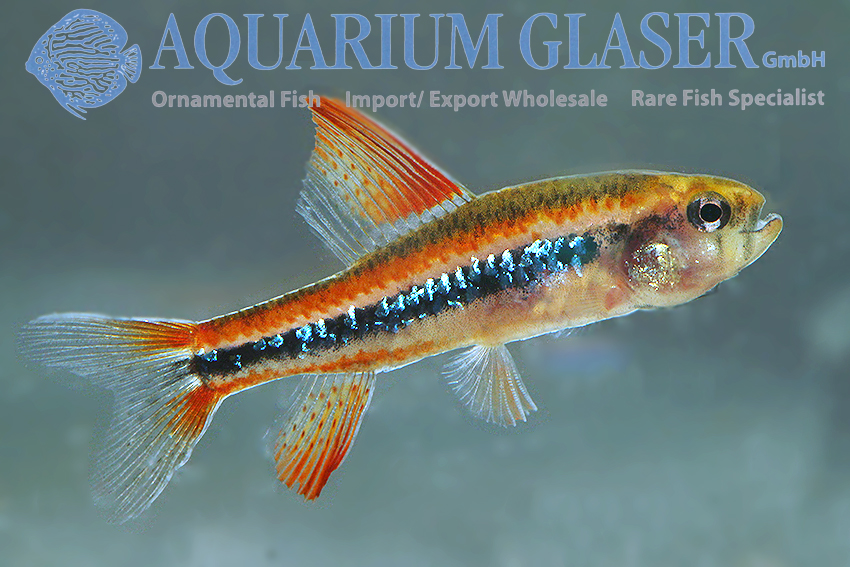
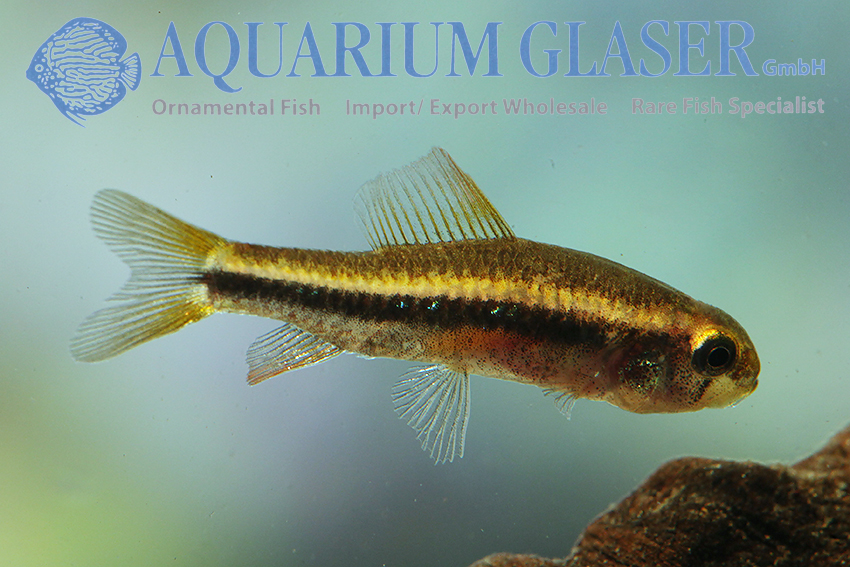
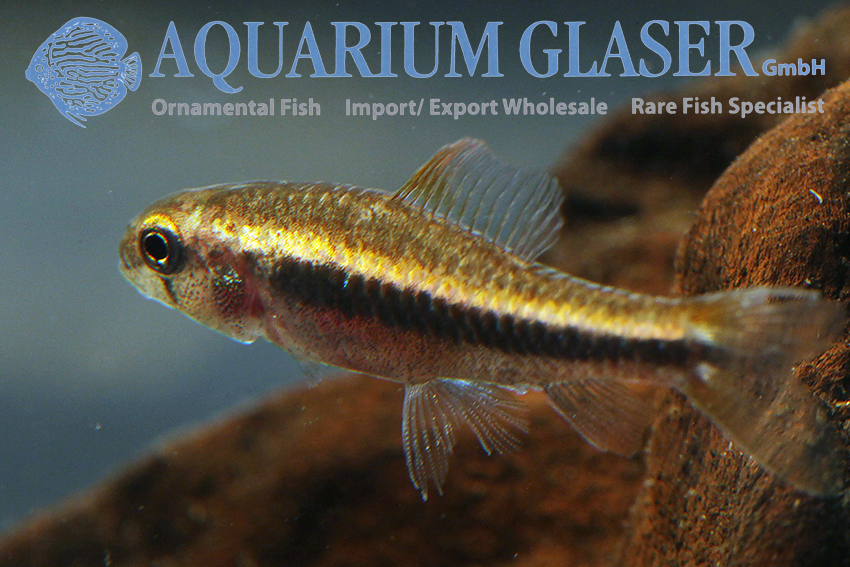
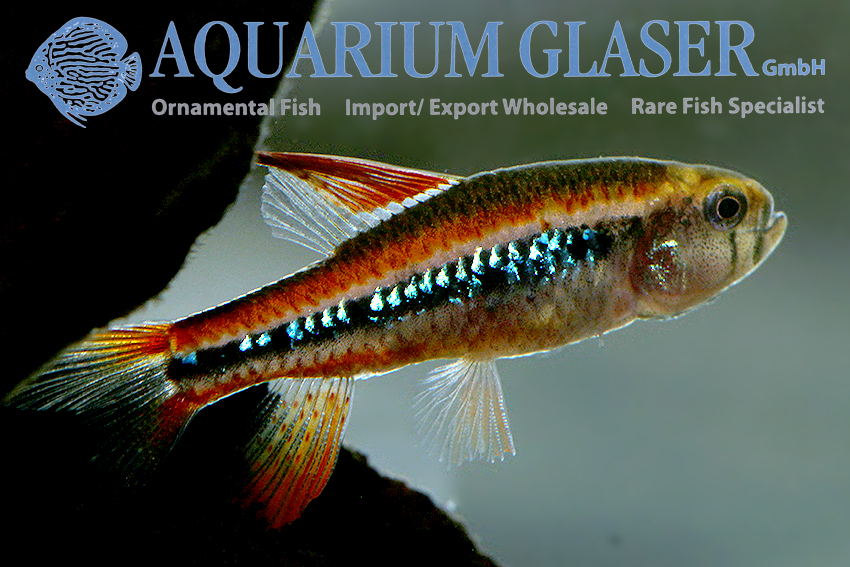
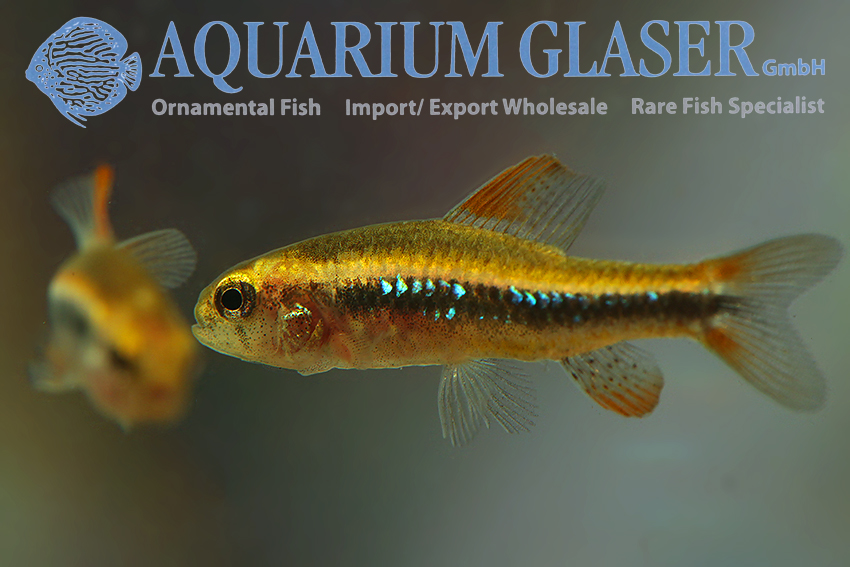
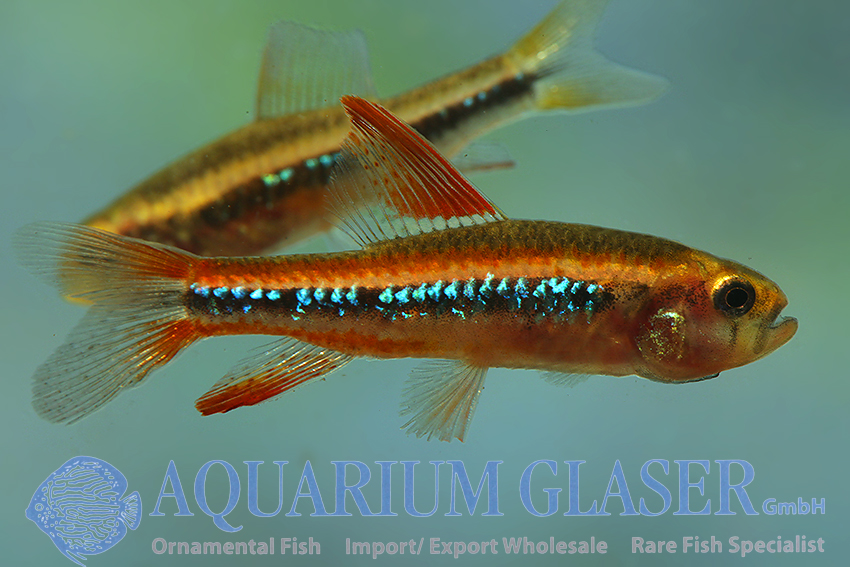
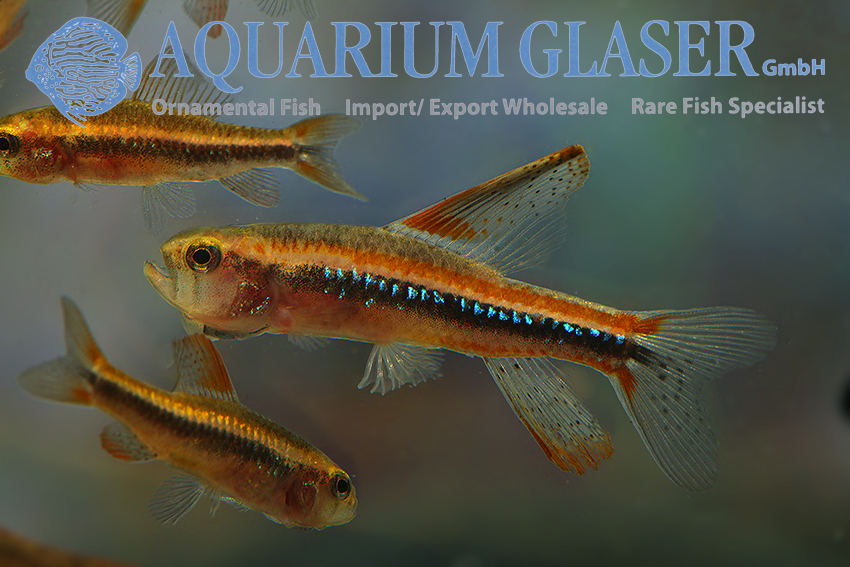

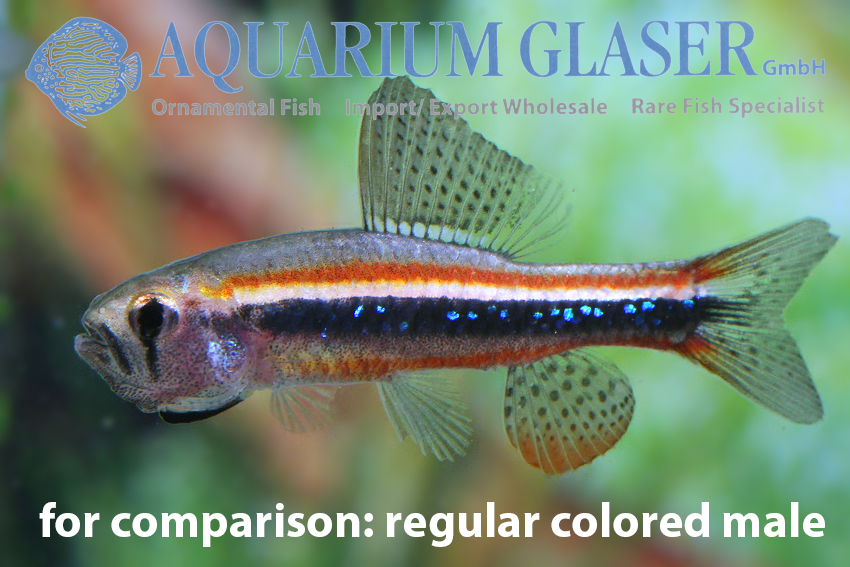
However, P. weitzmani is a truly special characin, as – in contrast to most other characin relatives – it is a cave breeder with brood care. In the aquarium, the males occupy hollow pieces of bamboo as breeding grounds and guard the spawn there until the young hatch. However, breeding is not easy, because in order for the spawn to develop well, you need water values similar to those in nature: hardness practically undetectable and pH around 4.5-5. You need some experience to keep such water stable over a longer period of time. It is therefore not advisable to aim for such water values for normal keeping. Just as with the cardinal tetra, the adaptability to water values as they come out of the tap in Central Europe is very good. Even in such water, the small fish reach an age that is 5-10 times longer than in the wild.
We can currently offer P. weitzmani from Colombia and Brazil. Basically, we can’t see any visual differences between the two local forms, but the Brazilian specimens are currently much larger, almost fully grown. And among them are a few (1-2 animals per 500 specimens) male individuals with a brilliant red coloration that we have not (consciously) seen before. So far, P. weitzmani has only been bred by specialists interested in behavioral studies due to its abundance and the resulting low price; breeding is not economically worthwhile. It is possible that this will change now that this magnificent variety has become known.
There are observations from aquarists that describe P. weitzmani as shy. This does not correspond with our observations. The animals photographed, for example, were imported only a few days ago and already present themselves as if they had been born there in the very sparsely furnished photo tank with a few pieces of wood and leaves. With regard to all care factors (food, temperature, lighting, furnishings), please refer to the extensive literature on cardinal tetra. P. weitzmani does not have any significantly different requirements with the exception of the aforementioned spawning caves.
For our customers: the animals have code 281004 (md-lg) and 281005 (lg-xlg) on our stocklist. Please note that we only supply the wholesale trade.
Text & Photos: Frank Schäfer




